Leeward of the Island or 1.47 1947
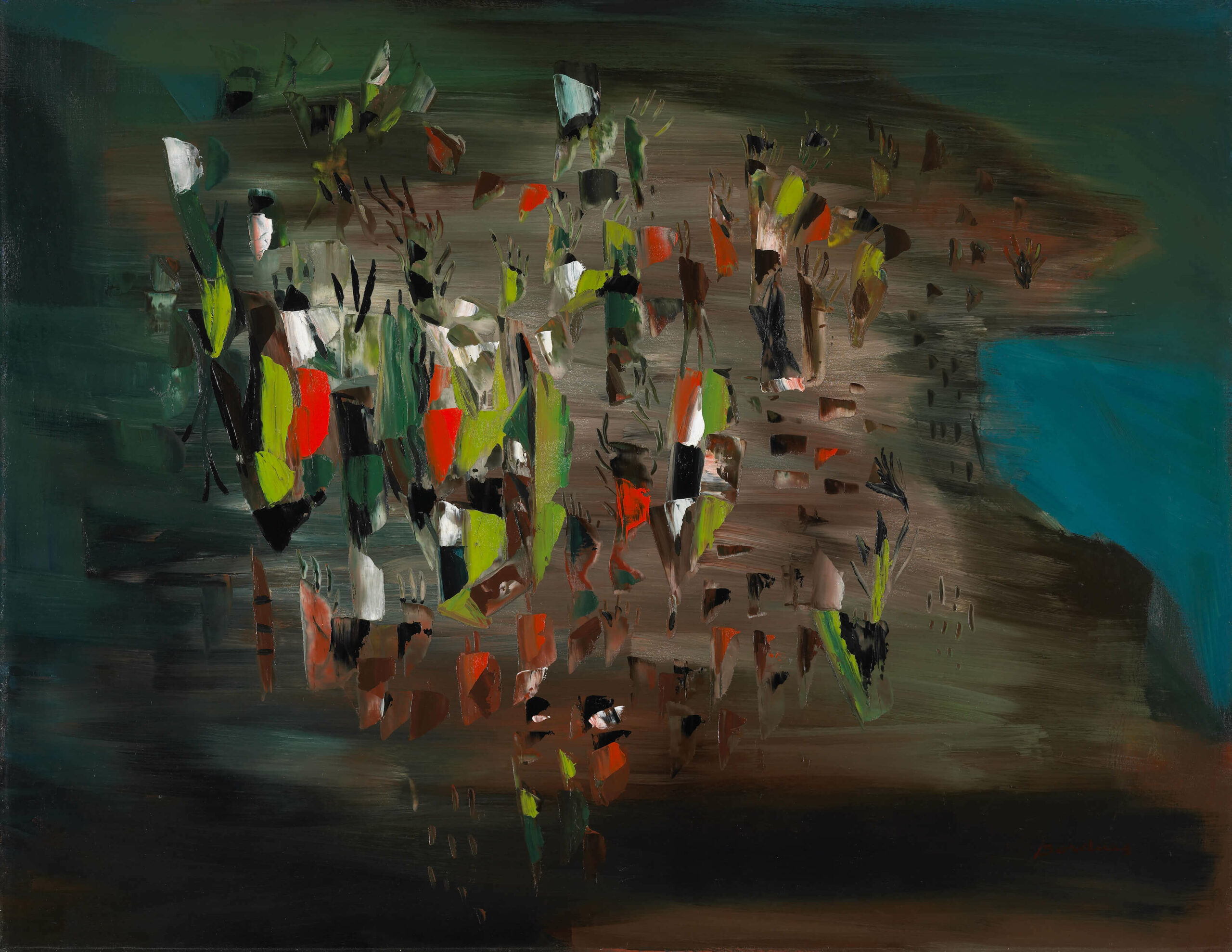
Paul-Émile Borduas, Leeward of the Island or 1.47 (Sous le vent de l’île ou 1.47), 1947
Oil on canvas, 114.7 x 147.7 cm
National Gallery of Canada, Ottawa
For a long time this canvas was dated 1948, the year the manifesto Refus global was published. The correct date, 1947, was later established by Bernard Teyssèdre when he was a visiting professor in the Art History Department at the Université de Montréal. He identified the canvas in a group photo taken on the occasion of the second exhibition of the Automatistes, at 75 Sherbrooke Street West, held from February 15 to March 1, 1947.
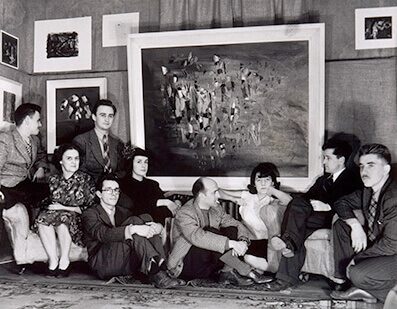
This photo, in which Borduas is seated beneath his painting and surrounded by several of his young friends, communicates the importance of the canvas to the group. Leeward of the Island depicts an island seen from above whose shores are visible on the right. Green, red, white, and black elements appear above, as if suspended between sky and earth. The landscape format of the Automatiste oil paintings is reaffirmed in this work. The work was originally titled “Automatisme 1.47”; it was Bernard Teyssèdre who identified it as the same painting as Leeward of the Island.
Tancrède Marsil, then a student at the École des beaux-arts, published the article “Les Automatistes: École de Borduas” in Le Quartier latin, in which he refers to Leeward of the Island as an Automatiste painting. It is the first time that the group is referred to as the Automatistes. Leeward of the Island can be considered their iconic painting, and it made Borduas a household name in Canada. It has been widely exhibited, in Canada (Toronto in 1960, Winnipeg in 1977), the United States (New York in 1957), and Europe (Brussels in 1958, Paris in 1971).
The “1.47” in the title most likely refers to the date of its creation, January 1947, or else it is a sequential number identifying it as the first canvas painted in 1947. From 1945 onward Borduas assigned dual titles to his paintings. For example, the artist’s inventory contains the notation “131 – canvas sold M. Maurice Chartré – 8.47, Les carquois fleuris [Flowered Quivers], 1947.” The “131” corresponds to a system of simply numbering the canvases produced up to that date; “8.47” most likely represents the date it was painted: August 1947. In the case of 19.47 or Nature’s Parachutes or 19.47 (Parachutes végétaux ou 19.47), 1947, “19.47” implies the nineteenth canvas painted in 1947.
In Borduas’s Automatiste paintings, objects more or less float—or are suspended, as in Leeward of the Island—in space above a background that extends outward (as in this case) or in depth. To emphasize the contrast, the ground is painted with a brush and the objects with a palette knife.
Notably, even when biomorphic forms are suggested, as they are here, the use of a palette knife enables Borduas to avoid the soft forms typical of the style of the Surrealist Salvador Dalí (1904–1989). Borduas always maintained a distance from what he called “dreamlike Surrealism.” He increasingly favoured the palette knife, which gave a “mineral” character to his images that explicitly resemble cliffs, the mountain faces at Saint-Hilaire, rocks, sea ice, or glaciers—features that are reflected in the titles of many of his paintings.

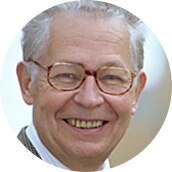 About the Author
About the Author
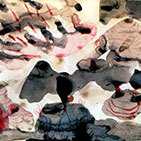 More Online Art Books
More Online Art Books
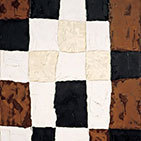 Acknowledgements
Acknowledgements